The 10th district in Budapest holds a vast secret – right below the feet of unsuspecting travelers lies a gigantic subterranean network of tunnels, known simply as the Kőbánya cellar system.
This system, considered to be the largest underground complex in all of Budapest, has its roots deep in the Dark Ages; it began as an underground limestone quarry (Kőbánya translates as “stone mine”). This location is named as Kőér in a royal charter of Béla IV, who reigned as King of Hungary and Croatia from 1235 to 1270. The historic document states that he donated this piece of land to the city of Pest to use as a quarry, however it is possible that mining of the Sarmatian limestone began here much earlier.
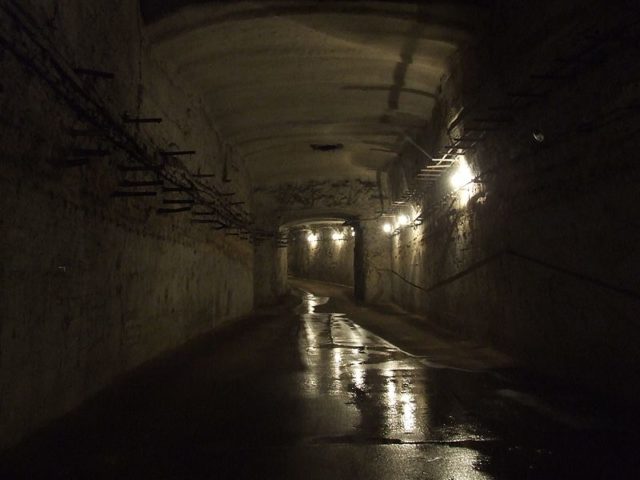
The physical characteristics of Sarmatian limestone make it an ideal material for building. Limestone quarried from Kőbánya has been used in the construction and renovation of a number of notable buildings in Budapest such as the Parliament building, the State Opera House, Matthias Church, and Margaret Bridge, which connects the territories of Buda and Pest across the Danube river.
Following the great flood of Pest in 1838, the limestone of this quarry was used to rebuild many of the buildings that were destroyed.
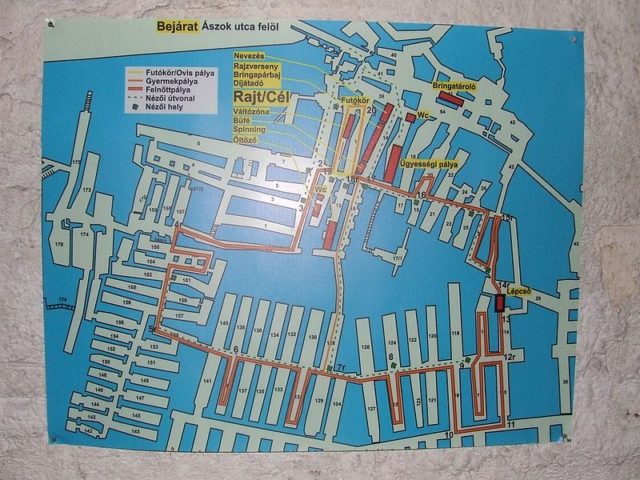
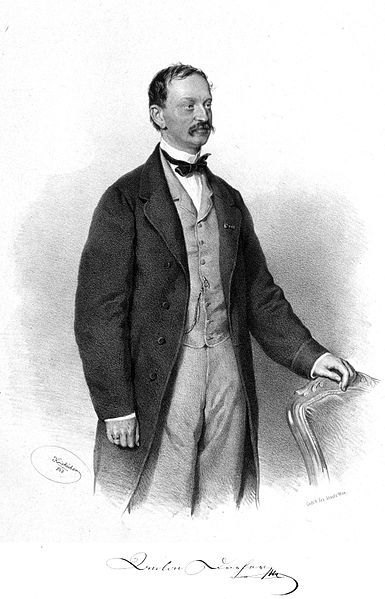
Extraction of stone from Kőér mine was greatest in the 17th and 19th centuries. But mining is never easy — the miners were faced with perpetual roof falls due to poor and unsophisticated mining techniques, as well as huge quantities of underground water that persistently flooded the mine. This forced the mining company to close and abandon large sections.
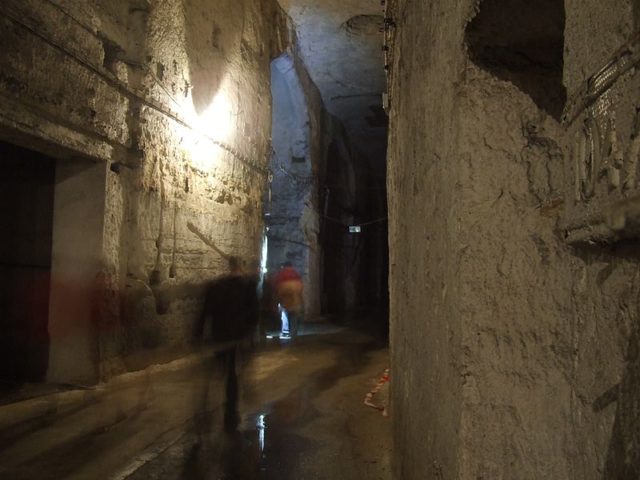
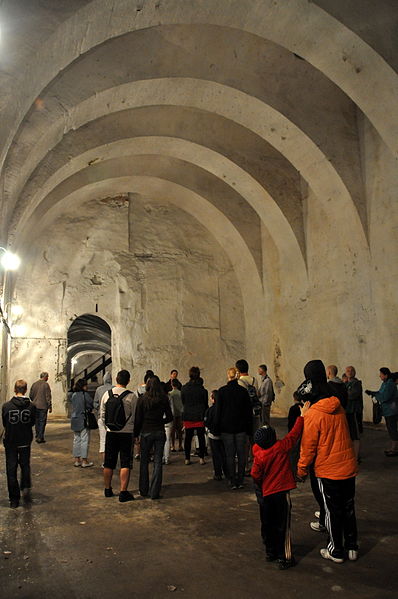
These lonely quarters of the quarry deep underground proved to be perfect for wine storage for the vineyards directly above the mine. Given the fact that this quarry had the perfect temperature, the wine merchants were quick to repurpose these abandoned portions of Kőbánya, possibly as early as the 1600s. A number of wine cellars remained in use until the 19th century when the widespread European epidemic of the parasite phylloxera struck the vineyards with devastating consequences.
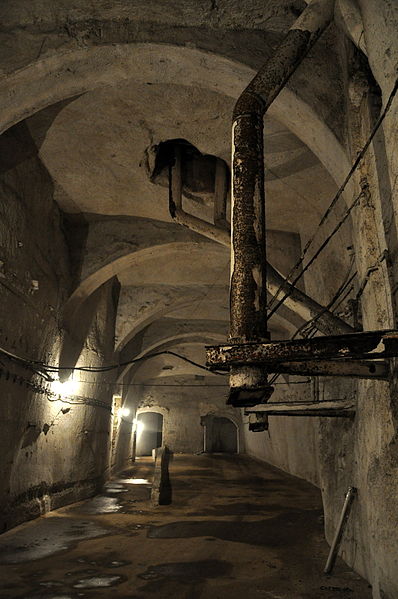
The vinters abandoned their cellars and beer breweries were established in these empty portions of the quarry instead. The first brewery, Kőbánya Beer House Company, was set up by Péter Schmiedt in 1844. Schmiedt not only created a fermentation cellar in the tunnels, he also dug deeper into the quarry forming wells filled with clean and filtered water — or liquor in brewing terminology — that is essential in the beer making process.
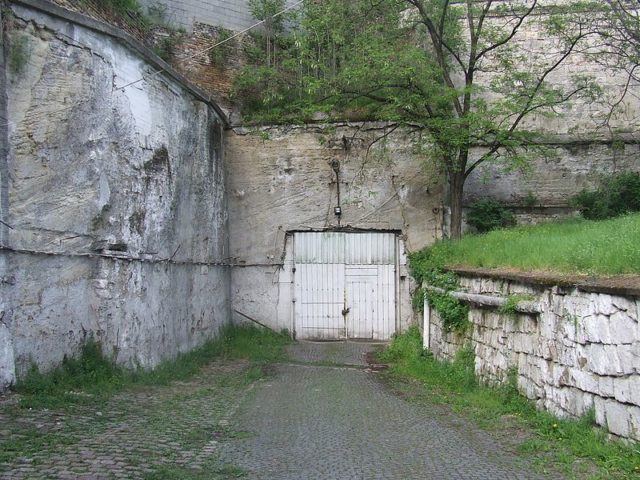
Kőbánya Beer House Company was later on bought by Anton Dreher Sr. and the brewery was incorporated into his Klein-Schwechater Brauhaus. Despite changes in the structure, the underground fermentation cellars remained in use. After Anton Dreher Jr. took charge of the business, the company continued to grow by buying the smaller breweries in the area.
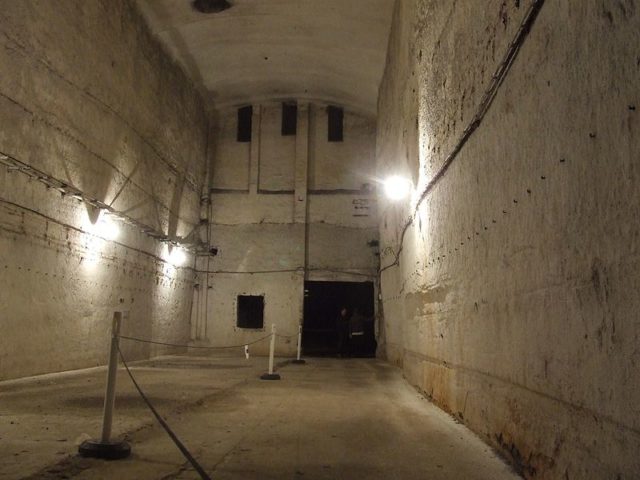
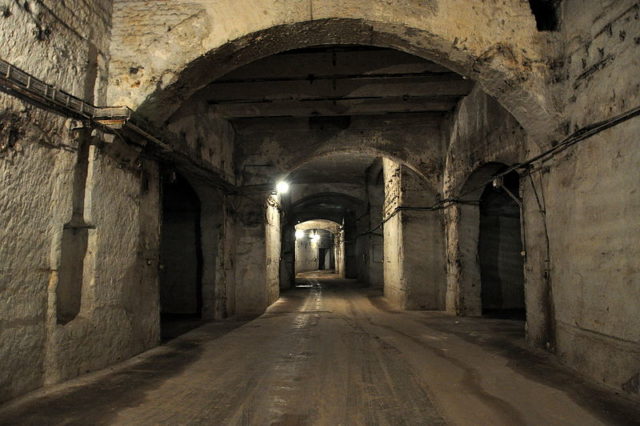
Once the Second World War came, the deep mines were used for assembling aircraft engines, as well as production of Messerschmitt Me 210C aircraft. As the Red Army approached Budapest, the aircraft engine factory was relocated to Germany. While the war continued outside, many civilians used the quarry as a shelter, especially during the siege of Budapest.
Much of the mine remains abandoned today, but some cellars are occupied by private companies. Part of the Kőbánya cellar system is used for guided tours enabling the tourist a sort of time travel, from the medieval age to more contemporary history, and some of the flooded sections are visited by divers.
